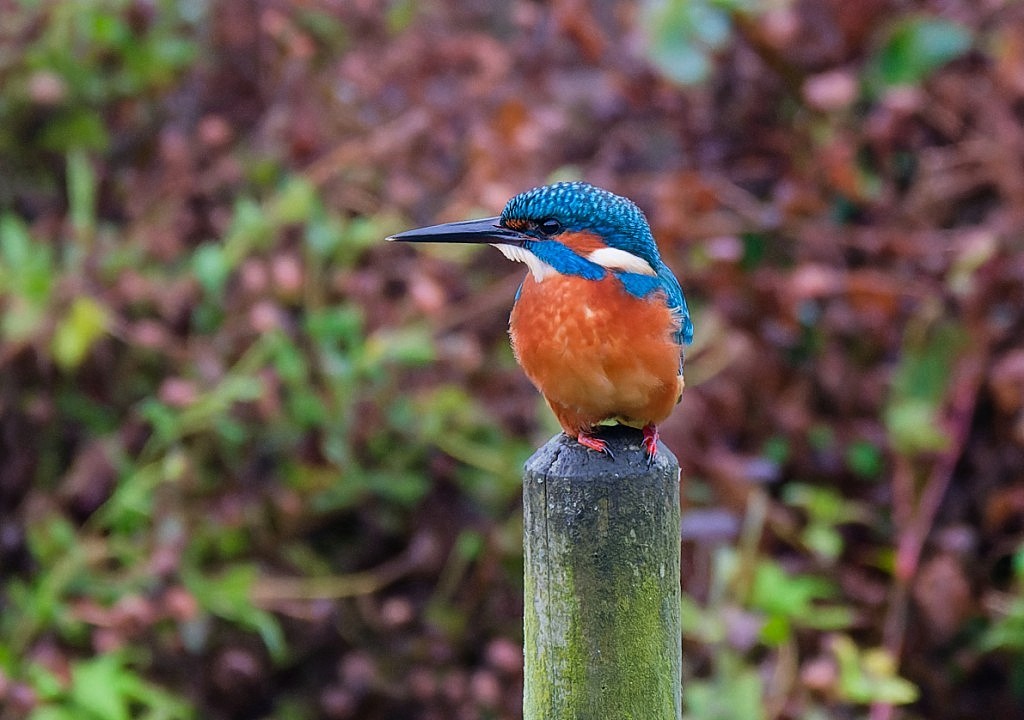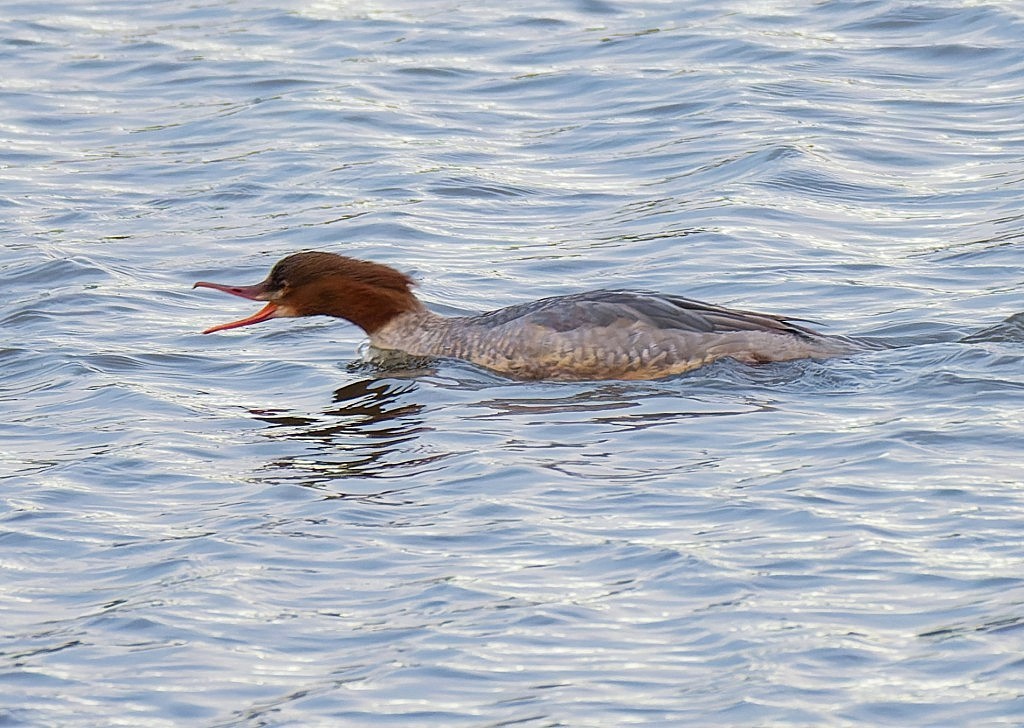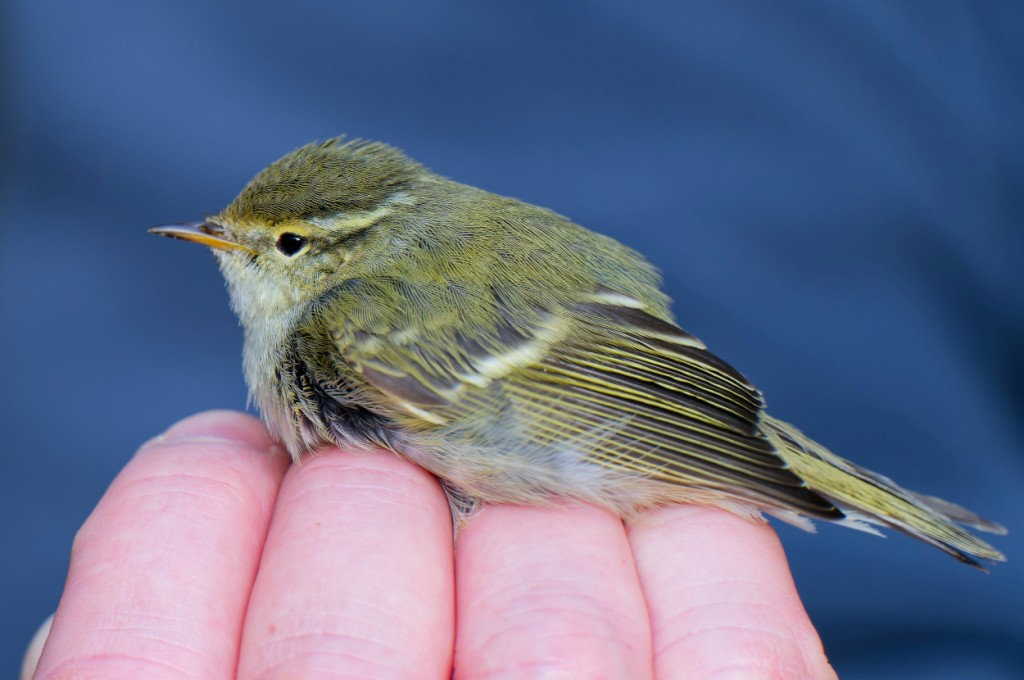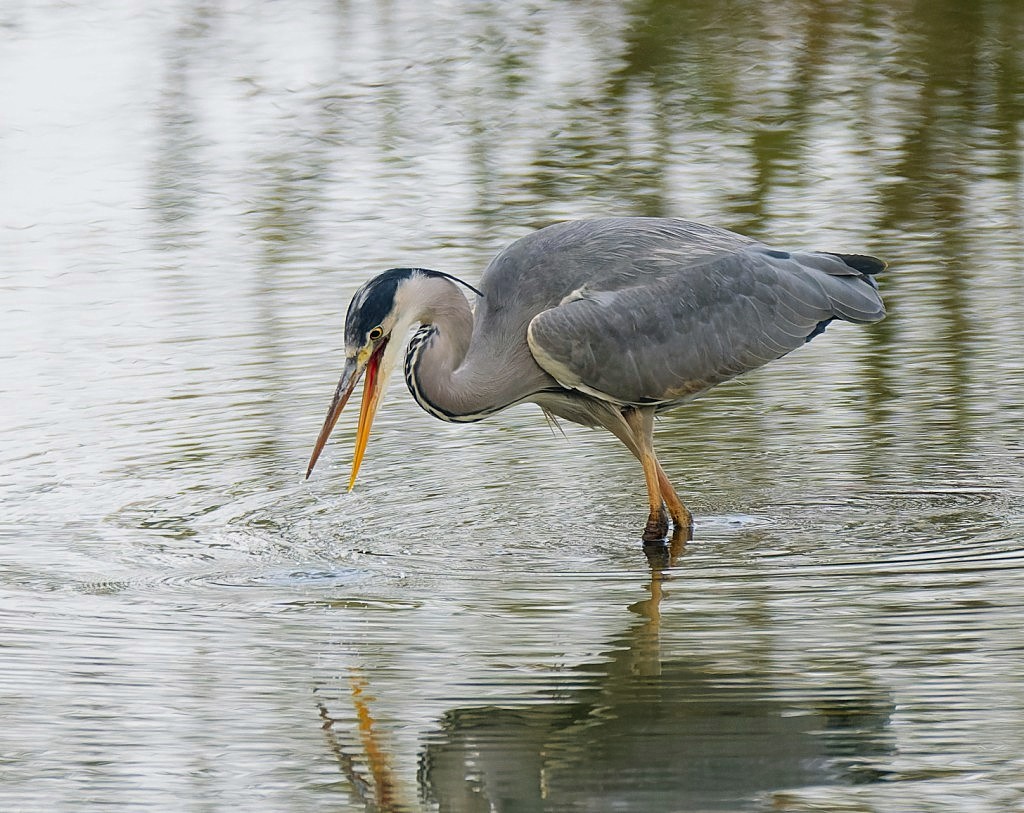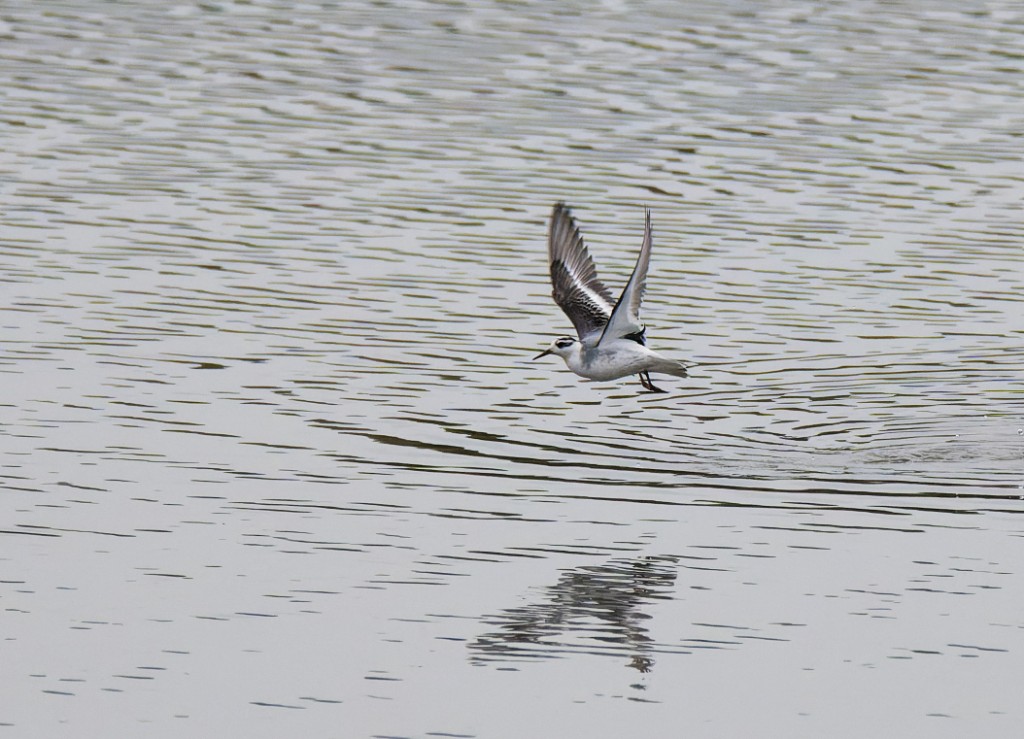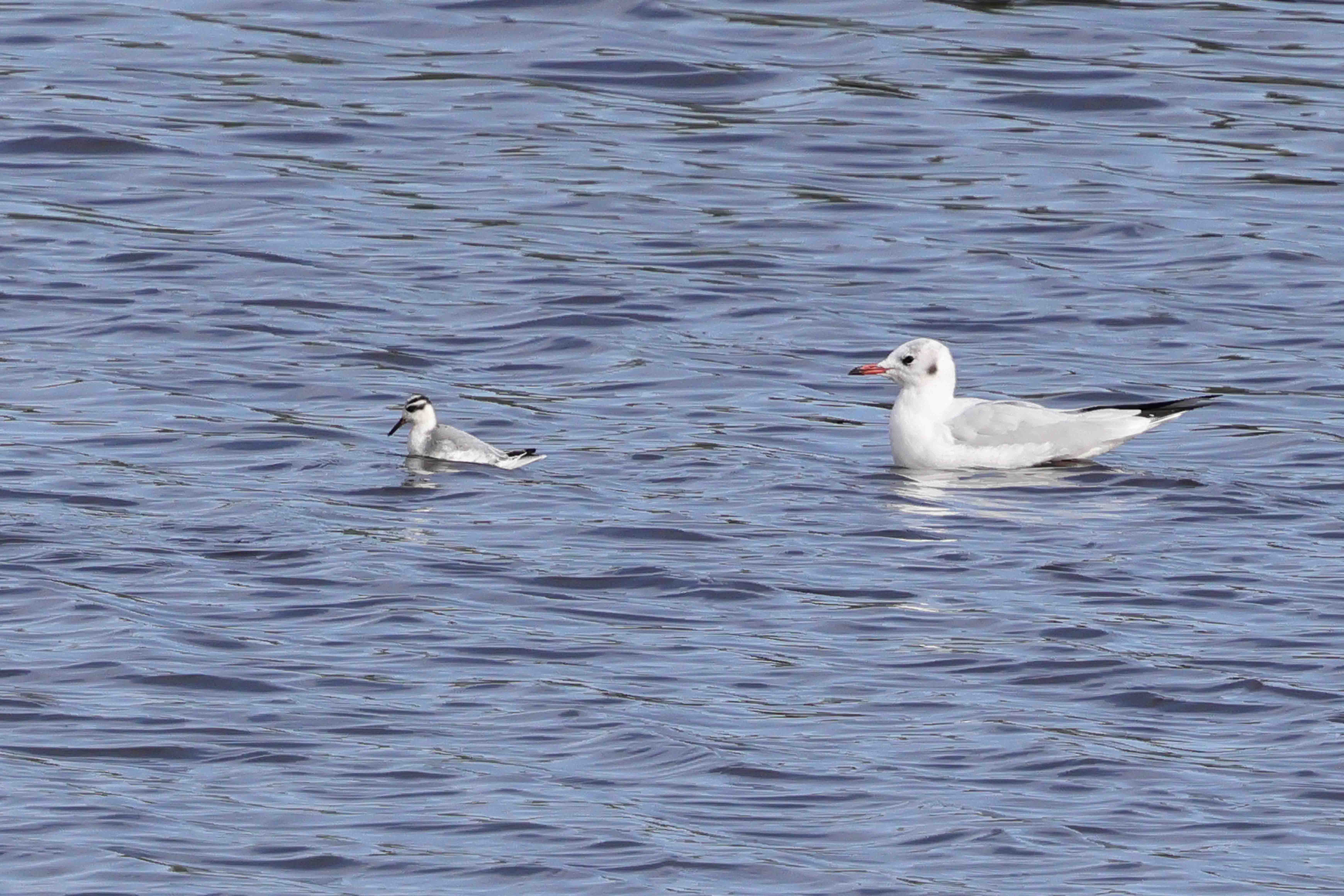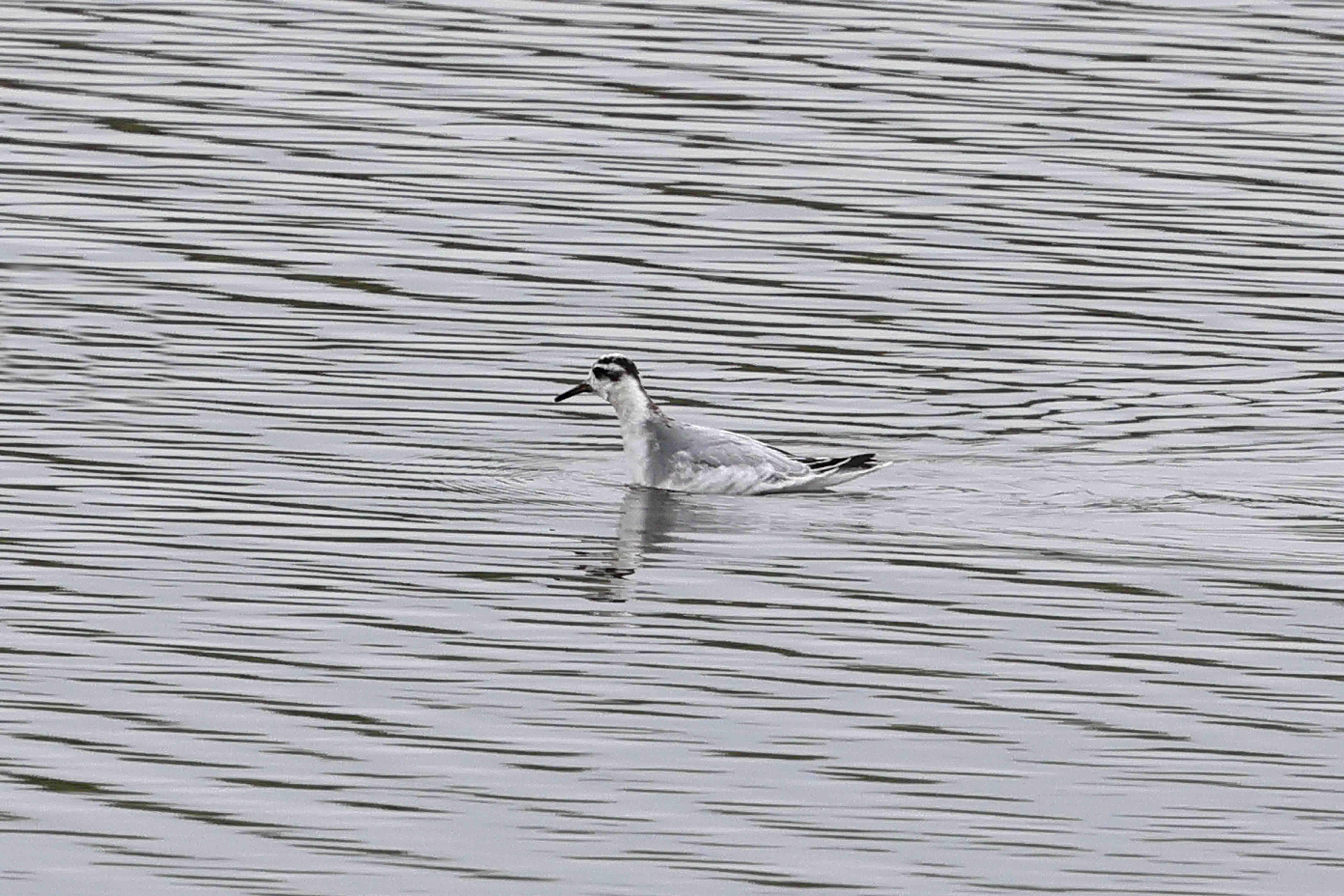Woolston Eyes Monthly Sightings
2025-10-25
On Thursday morning we met with colleagues from the RSPB, Natural England and Manchester Metropolitan University, looking at plans for research into our population of Willow Tits. This is an exciting pieces of planned research, across the north-west, into this fast-declining species and will include provision of artificial nest sites, exploration of the impact of competition with other tit species, the impact of predation by woodpeckers, colour-ringing and the use of static detectors for identifying territories. We’re also exploring possible funding to include genetic analysis across the whole of the Northern England population, which could tell us more about the viability of our small, isolated populations. This morning we were able to get back to birding, with some nice finds. A family party of four Whooper Swans, flying east over No.4 bed at dawn was our third sighting of the autumn, which is good. Equally, the three Goosanders in front of thee Morgan Hide on No.3 bed is uncommon for the Reserve but the highlight, a Yellow-browed Warbler, was found in the ringers’ nets. This delicate little warbler breeds in the Siberian Taiga and should be wintering in South-east Asia but every year, in autumn, a few are carried westward by weather systems and arrive on the east coast before drifting inland, with a handful reaching Cheshire most years. Photo of the Yellow-browed Warbler Cheers David Bowman (with Dan Owen, Helen Wynn and Brian Baird)
Submitted by: David Bowman
2025-10-21
Two very different mornings at Woolston Eyes over the past few days. Saturday saw Dan Owen, Helen Wynn and I undertake the traditional visible migration session from No.1 bed. After carting all our gear up to the vantage point by the Elevated Pools were were treated to a solid morning of movement. A single Golden Plover was good to see, as these are a hard bird to find at Woolston these days, while counts included: 2,200 Pink-footed Geese, 2,775 Woodpigeons, 143 Fieldfares, 319 Redwings, 6 Redpolls and 6 Siskins. It was also nice to find two Jack Snipe, our first of the autumn, roosting around the edge of one of the pools. This morning was quieter, as I did an hour’s count on No.4 bed at dawn, with highlights of: 2 Black-necked Grebes, 1 Green Sandpiper, 6 Snipe and 30 Redwings. I then wandered on to No.3 bed, where a Black-tailed Godwit, a male Pintail and a hunting male Peregrine were noted alongside the hundreds of wildfowl feeding around the bed. I finished a pleasant morning with half-an-hour photographing some of the commoner species at the Hogg Hide feeding station. Photo of a Grey Heron Cheers David Bowman
Submitted by: David Bowman
2025-10-08
Having spent the best part of three weeks away in Wales, it was good to get back to the Reserve this week. While I’ve been away some of our winter visitors have returned, including the first Pink-footed Geese on the 21st September and Redwings on the 24th. Two Red-breasted Mergansers, which flew onto No.4 bed from the east on the 27th were a good sighting for the Reserve, with six Whooper Swans then over No.3 bed on the 29th and an early Brambling on the last day of the month. October opened with Hawfinch and Rock Pipit on No.4 bed but it was the gales on the 3rd and 4th which produced the best sighting of the autumn so far. With seabirds blown onto the north-west coast and further in land, there was always a chance of something good turning up in the following days. On the morning of the 6th Keith Galley found a Grey Phalarope in front of the Morgan Hide, only the second ever sighting for the Reserve. Despite harassment from the Black-headed Gulls it has been feeding well and was still looking settled today. Grey Phalaropes are small wading birds which breed in the Arctic tundra and winter off the coasts of Africa. They tend to migrate well out at sea and are mainly seen when blown onto shore by autumn gales. Photo of the Grey Phalarope Cheers David Bowman
Submitted by: David Bowman

